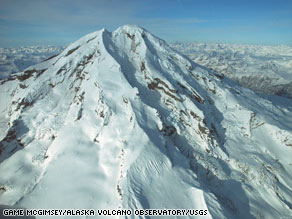
The electromagnetic spectrum is the complete range of electromagnetic waves placed in order of increasing frequency. Radio waves, microwaves, radar, infrared rays, thermogram, visible light, ultraviolet rays, x-rays and gamma rays are all a part of the electromagnetic spectrum. Radio waves are the electromagnetic waves with the longer wavelengths and lowest frequency's. Microwaves are radio waves with the shortest wavelength and highest frequency. Radar is the system that uses reflected radio waves to detect objects and measure their distance and speed. Infrared rays are electromagnetic waves with wavelengths shorter than those of radio waves. Thermogram is an image that shows regions of different temperatures in different colors. Visible light is electromagnetic waves that you can see. Ultraviolet rays are electromagnetic waves with wavelengths just shorter than those of visible light. X-rays are electromagnetic waves with wavelengths just shorter than those of ultraviolet rays. Gamma rays are electromagnetic waves with the shortest wavelengths and highest frequency. One type of visible light is a lamp. Microwaves are used in space to learn about the structure of galaxy's. Hot gases in the universe give out x-rays.
I got my information from:
I got my picture from:

